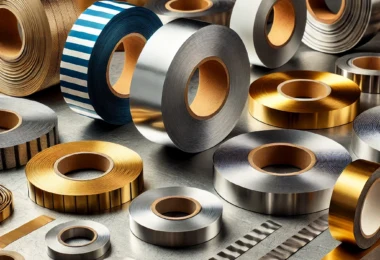Introduction
In the world of 3D printing, choosing the right filament can be crucial to the success of your projects. PETG filament has rapidly gained popularity as a versatile and reliable choice among 3D printing enthusiasts and professionals alike. This article explores the fascinating world of PETG filament, delving into its characteristics, applications, and the reasons behind its growing prominence in the field of additive manufacturing.
- PETG Filament: A Blend of Strength and Versatility
PETG stands for Polyethylene Terephthalate Glycol. This filament combines the best properties of both PLA (Polylactic Acid) and ABS (Acrylonitrile Butadiene Styrene), making it an ideal choice for various applications. PETG is celebrated for its excellent layer adhesion, low shrinkage, and resistance to moisture, making it a versatile workhorse for 3D printing projects.
- Impressive Durability
One of the standout features of PETG is its impressive durability. It offers higher impact resistance compared to PLA and is less brittle than ABS, making it a dependable choice for parts that need to withstand mechanical stress and strain. This characteristic makes PETG suitable for a wide range of applications, including functional prototypes and end-use parts.
- Excellent Layer Adhesion and Reduced Warping
PETG’s strong layer adhesion results in 3D printed objects that are structurally sound and less prone to delamination. Additionally, PETG has a lower tendency to warp compared to ABS, making it easier to work with, especially for larger prints.
- Transparency and Aesthetic Appeal
PETG is known for its transparency, providing an attractive glossy finish to printed objects. This property makes PETG filament an excellent choice for creating clear or translucent parts, decorative items, and even custom packaging.
- Food-Safe and Chemical Resistance
PETG is FDA-approved for food-contact applications, making it a safe choice for creating food containers, utensils, and other kitchen accessories. Additionally, it exhibits resistance to many common chemicals, making it suitable for applications where exposure to chemicals is a concern.
- Wide Range of Applications
The versatility of PETG filament has led to its adoption in numerous industries and applications, including:
- Functional Prototypes: PETG’s strength and durability make it ideal for creating functional prototypes that need to withstand testing and evaluation.
- Mechanical Parts: It is used in the production of various mechanical components, such as gears, brackets, and housings.
- Cosplay and Props: PETG’s ease of post-processing and finishing makes it a favorite for crafting cosplay props and costume accessories.
- Aquarium Equipment: PETG’s resistance to moisture and chemicals makes it suitable for creating custom aquarium components.
- Future Potential
As 3D printing technology continues to advance, PETG filament is likely to play an even more significant role in additive manufacturing. Researchers and engineers are exploring ways to further enhance its properties, expanding its potential applications in industries such as healthcare, aerospace, and automotive.
Conclusion
PETG filament has emerged as a versatile and dependable choice in the world of 3D printing. Whether you’re a hobbyist, engineer, or designer, PETG’s impressive durability, chemical resistance, and aesthetic appeal make it an excellent option for a wide range of applications. As the technology continues to evolve, PETG filament will undoubtedly continue to grow in prominence, contributing to the ever-expanding horizons of additive manufacturing.
















